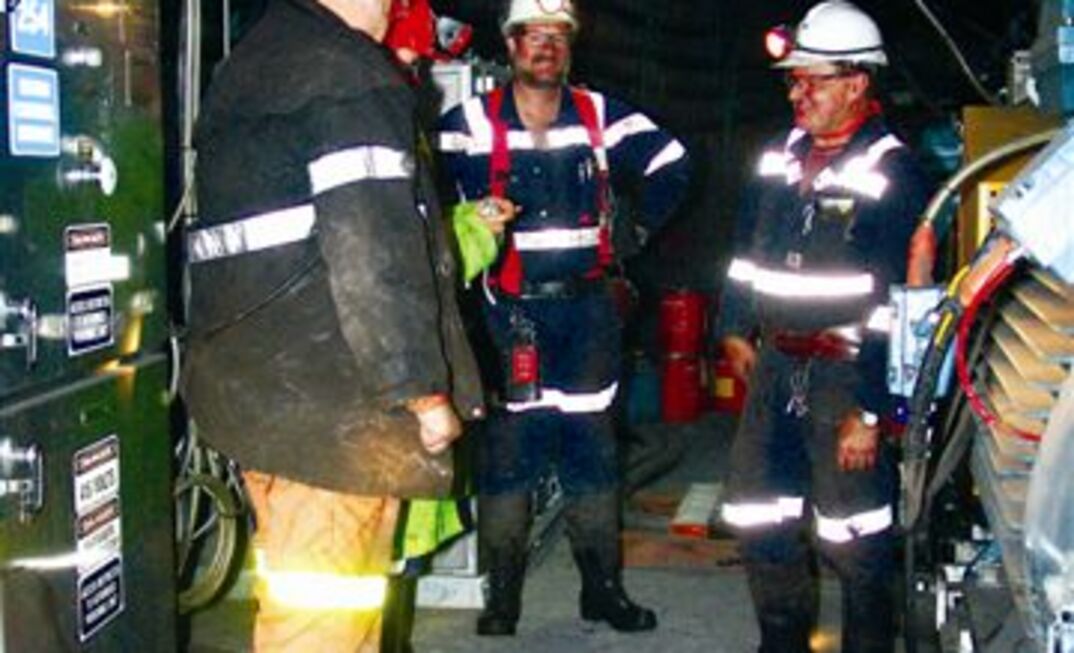Published in September 2005 Australian Longwall Magazine
Melbourne-based company risk-e is one group that has been successfully helping mining companies change their safety cultures. It has successfully introduced its process at BHP Billiton’s Illawarra sites, at Centennial Coal operations and most recently at the latter’s Tahmoor longwall operation in New South Wales.
The company’s approach is twofold: the aim is to continuously reduce injuries as well as involve the entire workforce in performance improvement in every aspect of the business. Lofty goals, perhaps, but the results have been excellent.
Underground coal mines using the process have experienced an average decrease in the number of people injured of more than 50% in the first two years.
The approach, called “Leading with Safety”, involves focusing employees at every level on eliminating behaviours that result in exposure to risk and enhancing behaviours that result in safety.
“The result is a permanent change in the company culture that creates continuous improvement in safety performance,” said risk-e managing director Richard Russell.
The process begins by measuring the culture of the mine through an independently validated survey.
The survey measures 11 characteristics of the organisation that are critical to safety performance; four of these are specific to safety performance, and the other seven, while critical to safety performance, are also general measures of the health of the company.
The survey results are fed back to the workforce and used to design the culture change process.
The same approach is used at every level and is customised to the critically important safety aspects of every job.
The process begins at the operator level with a team drawn from the workforce leading the change process.
“The objective is to create a safety process that is developed, owned and operated by the workforce. At the heart of the approach is peer-on-peer observations, based on the rules of ‘no name, no blame, no sneak-ups’,” Russell said.
The team uses data to determine which behaviours are resulting in people being hurt at the mine. They are then trained to conduct expert observations of their peers while they are working, and how to give feedback on safe and at-risk behaviours.
The difficult role of the first-line supervisor is given special attention. They are given skills training in areas of leadership that are key to excellent safety performance. These include setting safety objectives, listening skills, managing resistance, managing change, and coaching/counselling/discipline.
Supervisors are helped to develop critical leadership behaviours that ensure the success of the operator-based behavioural safety process. Their ability to achieve these behaviours is observed, and feedback from peers/managers is provided to each supervisor. This information is used in coaching designed to help them remove barriers to exhibiting the critical behaviours.
Coordinators’ and managers’ leadership styles, especially in relation to safety, are measured in a 360 degree survey.
They receive education in the key aspects of safety culture change, their role in supporting and ensuring the success of the operator/maintainer and supervisor process, and other required leadership skills.
Like the supervisors, they develop a set of critical safety leadership behaviours that are relevant to their role at the mine. The nature of these behaviours is heavily influenced by the findings survey results.
They then participate in observation and feedback processes for these behaviours in a similar process to that followed by the rest of the workforce.
“Each of these approaches has ongoing measures of the health of the inputs to the process as well as the success in terms of outcomes,” Russell said.
“These measures are designed to provide information about the success of the safety effort at the site without having to wait until injuries occur.”
He added all the approaches had in-built sustainability, renewal and improvement processes in order to ensure they become part of the culture of the mine.
“The first target is safety. Data drawn from this approach indicates this success in safety soon begins to be reflected in success in most other aspects of mine operation.”

























